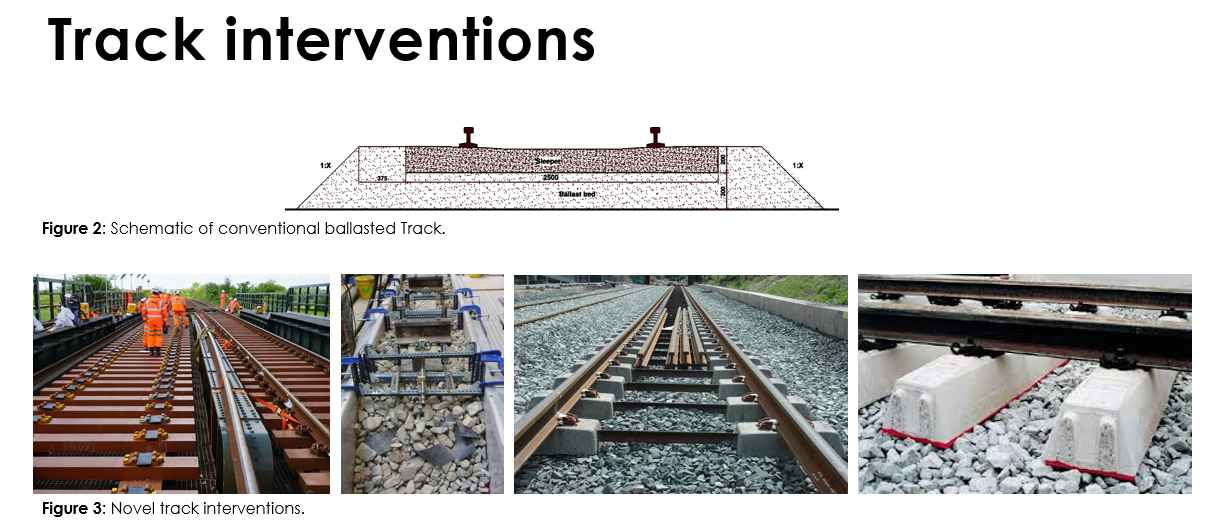CDT SIS Student Georgios Rempelos, supervisor Prof John Preston, Transportation Group.
One area which has proven particularly controversial is the question of which sleeper material minimises whole-life greenhouse gas (GHG) emissions, as wood tends to be viewed as being a less carbon-intensive material than concrete. In terms of both environmental and economic performance, it is unclear which is better, and there are conflicting views in the academic literature. This is a result of differences within the wider scope of these studies, such as the range of environmental impacts considered, system boundaries and functional units, life cycle assessment methodology, technical specifications of the track forms, and geographical and temporal variations in the datasets. In consideration of the above, the aim of this work was to bridge the knowledge gaps and address the limitations identified from previous studies in order to provide a more definitive study of the carbon footprint and financial costs of different sleeper types. A modelling framework was developed for the appraisal of railway infrastructure (both at an asset and component level) by combining principles of streamlined life cycle assessment (LCA) and life cycle cost analysis (LCCA). The applicability of this model was tested through an exemplar case study. The results were then compared against those of previous studies, examining the reasons behind potential variations, and quantifying the impact of different modelling choices on the results.
This study evaluated and compared the lifecycle GHG emissions associated with the four most common sleeper types present in the UK rail network. It estimated the embodied material, process and transport emission linked with the activities of construction, relay and end-of-life of these variants at low and high traffic loads. At low traffic loads, the softwood sleepers performed the best over the whole appraisal period. At high traffic loads, the concrete sleepers outperformed all other variants in terms of lifecycle GHG emissions, followed by hardwood, softwood and steel. Regardless of the scenario examined, the steel sleepers performed the worst due to the carbon intensive nature of their manufacturing process. This performance gap was amplified at high traffic loads, as their service life was excessively compromised. The analysis revealed that the end-of-life pathway of timber is a critical determinant of its footprint. Results suggested that the impact of disposing of these sleepers results in their footprint being magnified. Nevertheless, if a minimum of 50% follows the combustion pathway with subsequent heat recuperation, then a GHG reduction potential of between 11% and 18% of their footprint is feasible. From a whole-lifecycle cost lens, for higher tonnage routes, the choice of concrete sleepers resulted in considerable financial savings. If the infrastructure manager was to install sleepers with stiff under sleeper pads (USPs), it may achieve additional economic and GHG savings, with potential for increasing the latter using recycled carbon neutral USPs.
REFERENCES
*Rempelos, G., Preston, J., Blainey, S., 2020b. A carbon footprint analysis of railway sleepers in the United Kingdom. Transp. Res. Part D Transp. Environ. 81, 1–24. https://doi.org/10.1016/j.trd.2020.102285


